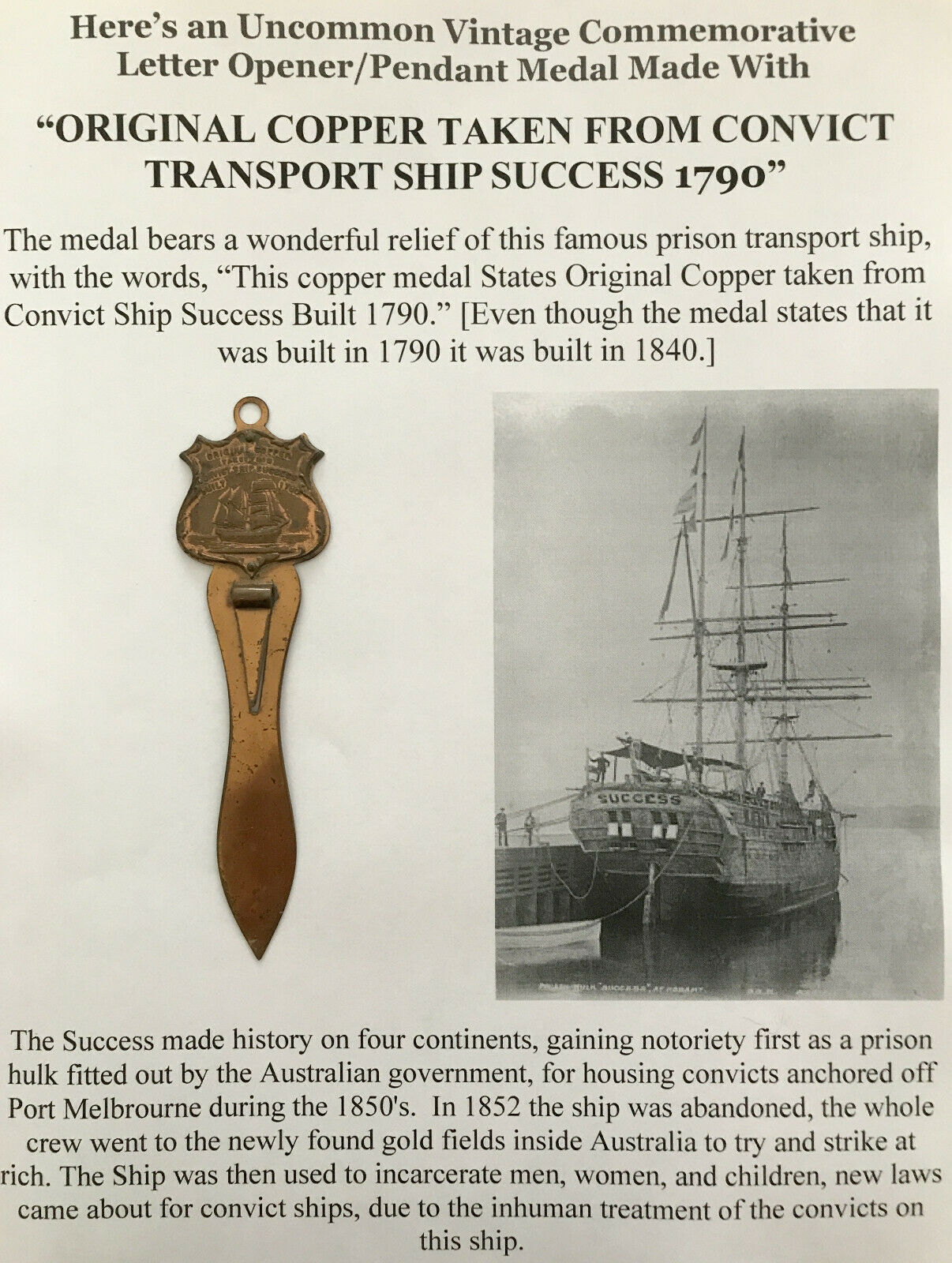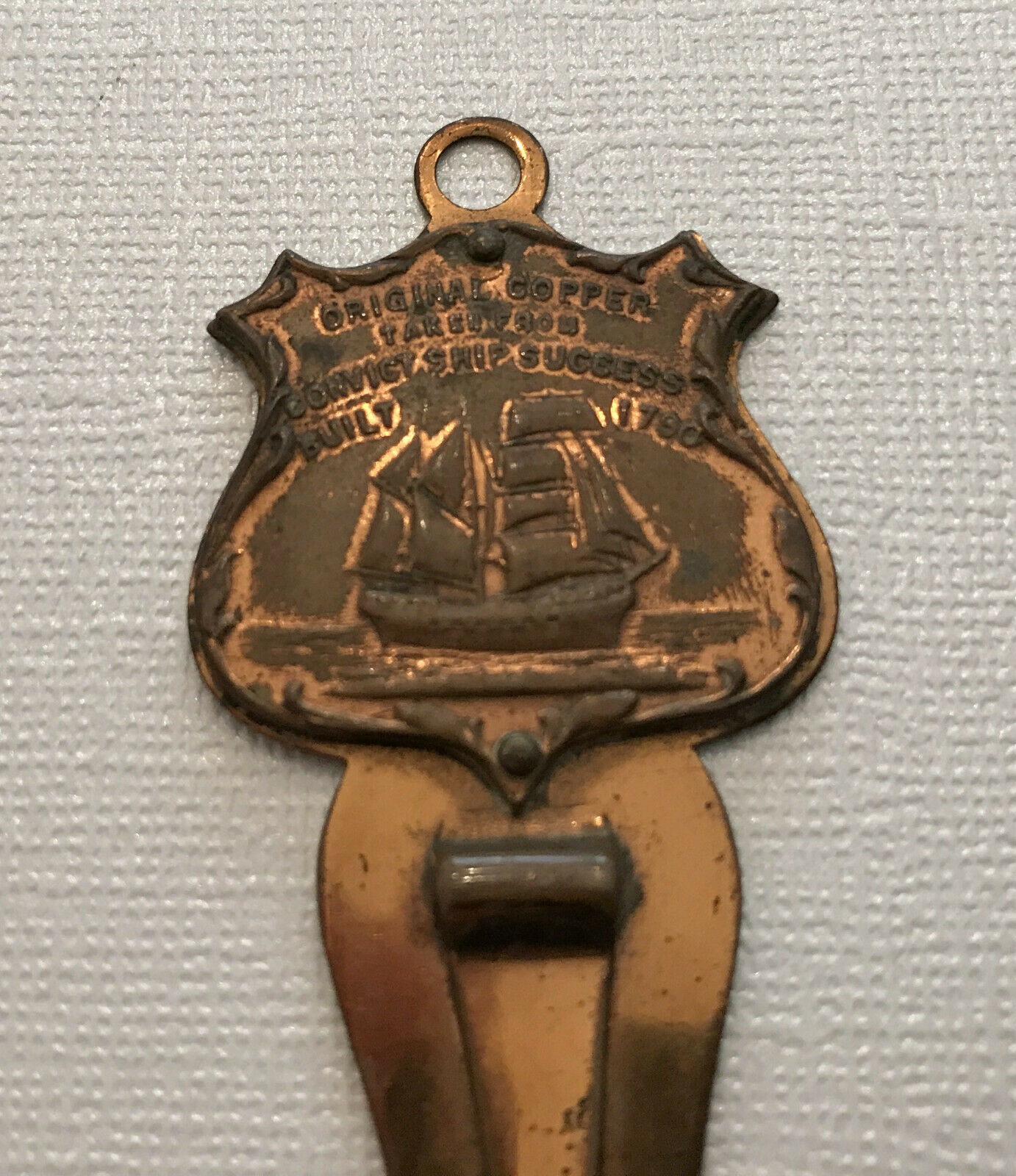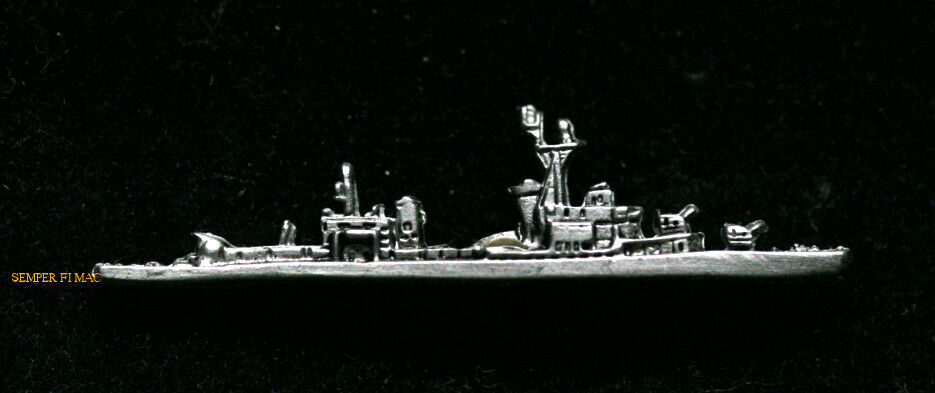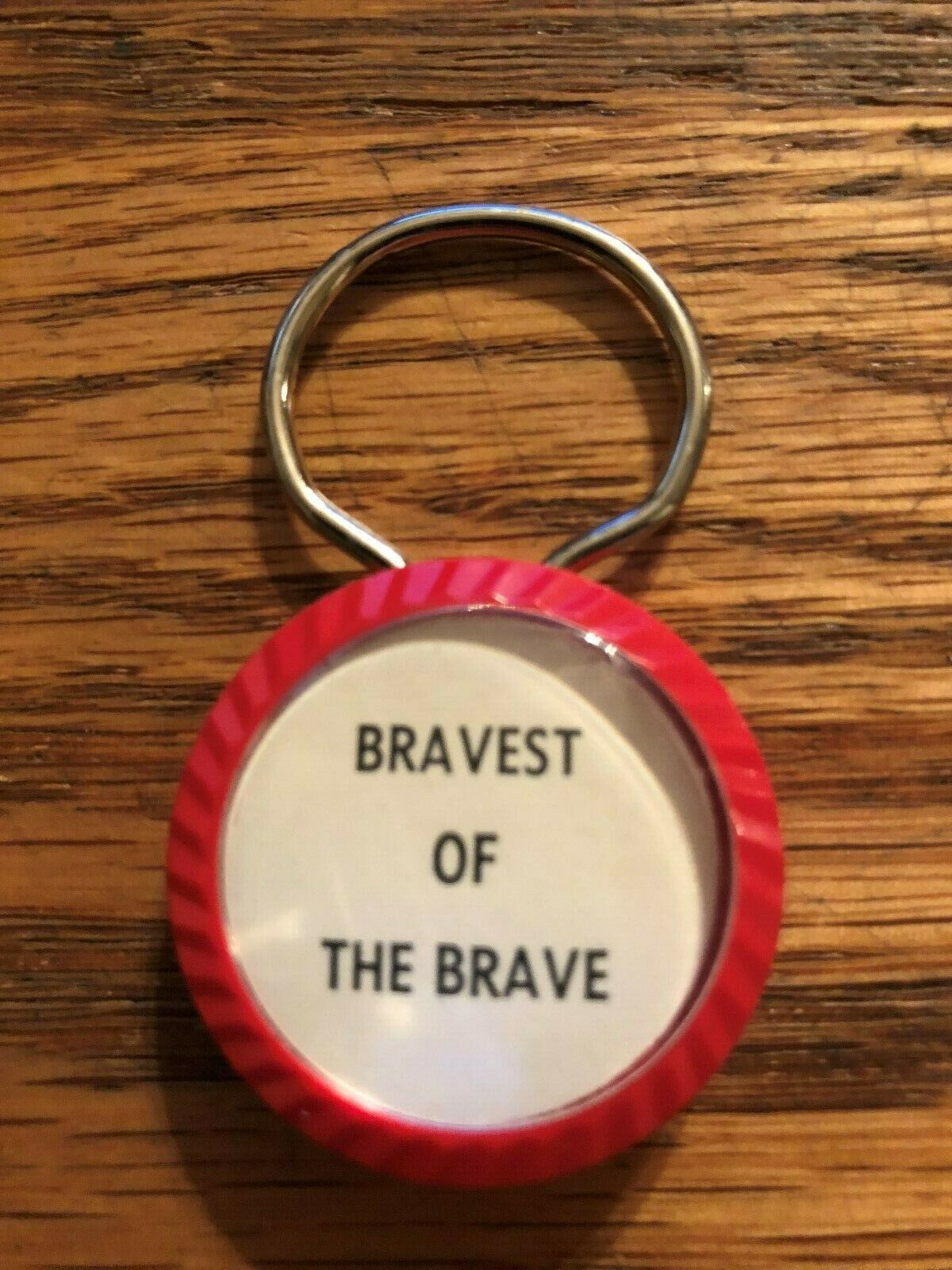-40%
COPPER from AUSTRALIA MARITIME PRISON SHIP SUCCESS LETTER OPENER MEDAL PENDANT !
$ 5.27
- Description
- Size Guide
Description
Here’s an Uncommon Vintage CommemorativeLetter Opener/Pendant Medal Made With
“ORIGINAL COPPER TAKEN FROM
CONVICT TRANSPORT SHIP SUCCESS
1790
”
The medal bears a wonderful relief of this famous prison transport ship, with the words,
“Original Copper taken from Convict Ship Success Built 1790.”
[Even though the medal states that it was built in 1790 it was built in 1840.]
The Success made history on four continents, gaining notoriety first as a prison hulk fitted out by the Australian government, for housing convicts anchored off Port Melbrourne during the 1850's.
In 1852 the ship was abandoned, the whole crew went to the newly found gold fields inside Australia to try and strike at rich. The Ship was then used to incarcerate men, women, and children, new laws came about for convict ships, due to the inhuman treatment of the convicts on this ship.
The piece measures 5” (L) by 1¼” (w), and is in VF condition.
<
<>
>
The convict ship S
uccess
By
Matthew Thompson
Imagine the cruelty of being trapped on a prison ship to Australia, your sadistic captors torturing you on the rack or lashing you with the cat o’ nine tails as undulating seas heave and pitch. The convict vessel
Success
was one such ship of horrors… Step Right Up! Pay a fee, and you too can see the show!
If all this sounds a little bit like a huckster trying to get you into a circus sideshow, then you’re right. It is!
Built in 1840 (not 1790) the
Success
had many lives, first as a shipping vessel serving British India and then as a passenger ship ferrying immigrants (not convicts) to Australia. During one trip to Australia the
Success
arrived right at the peak of the Australian gold rush and her crew deserted to strike it rich. Without mariners the ship was left moored near Melbourne, Australia, where it became a prison hulk and later a stores ship.
Much later, in 1890, some enterprising individuals bought the ship and refurbished it into a traveling museum albeit a highly embellished one. More myth than fact, the
Success
was a spectacle. By recasting the past as more brutal than it really was, the
Success
gave 20th Century tourists the opportunity tell stories about themselves. How they were the civilized ones and how progress had made the modern world a better place.
The Mariners’ Museum Library. Edward Hungerford Photograph collection
The
Success
‘ storied career as a shipping vessel, passenger ship, convict ship, storehouse, and traveling-museum-cum-sideshow attraction came to an end in 1946 when she caught fire and burned to the waterline in Lake Erie near Cleveland.
<>
Wiki Entry
Success
was an Australian prison ship, built in 1840 at Natmoo,
Burma
, for Cockerell & Co. of
Calcutta
. Between the 1890s and the 1930s, she was converted into a floating museum displaying relics of the
convict
era and purporting to represent the horrors of
penal transportation
in Great Britain and the United States of America. After extensive world tours she was destroyed in 1946 by fire while berthed in
Lake Erie
near
Cleveland, Ohio
.
Origins
Success
was formerly a merchant ship of 621
tons
, 117 feet 3 inches x 26 feet 8 inches x 22 feet 5 inches depth of hold, built in Natmoo,
Tenasserim
,
Burma
, in 1840. After initially trading around the Indian subcontinent, she was sold to London owners and made three voyages with emigrants to Australia during the 1840s. On one of these voyages, following the intervention of
Caroline Chisholm
,
Success
sailed into Sydney town just the week before Christmas 1849 with families who had survived the Great Famine.
On 31 May 1852,
Success
arrived at
Melbourne
and the crew deserted to the gold-fields, this being the height of the
Victorian gold rush
. Due to an increase in crime, prisons were overflowing and the Government of Victoria purchased large sailing ships to be employed as
prison hulks
. These included
Success
,
Deborah
,
Sacramento
and
President
. In 1857 prisoners from
Success
murdered the Superintendent of Prisons John Price, the inspiration for the character Maurice Frere in
Marcus Clarke
's novel
For the Term of His Natural Life
.
In 1854 the ship was converted from a convict hulk into a stores vessel and anchored on the
Yarra River
, where she remained for the next 36 years.
Museum ship
In 1890,
Success
was purchased by a group of entrepreneurs to be refitted as a museum ship to travel the world advertising the perceived horrors of the convict era. Although never a convict ship,
Success
was billed as one, her earlier history being amalgamated with those other ships of the same name including
Success
, which had been used in the original European settlement of
Western Australia
. She was incorrectly promoted as the oldest ship afloat, ahead of the 1797
USS
Constitution
.
A former prisoner, bushranger
Harry Power
, was employed as a guide for her first commercial season in Sydney Harbour in 1891. The display was not a commercial success, and her owners promptly abandoned their business venture and scuttled the ship in
Kerosene Bay
.
The following year the sunken
Success
was sold to a second group of entrepreneurs and refloated. After a thorough refit she was taken on tour to Brisbane, Adelaide, Hobart, and back to Sydney, then headed for England, arriving at
Dungeness
on 12 September 1894.
In 1912 she crossed the Atlantic and was exhibited as a convict museum along the eastern seaboard of the United States of America and later in ports on the
Great Lakes
. On April 22, 1915 the ship was docked in San Francisco CA for the Panama–Pacific International Exposition. While there a short film made by the Keystone Film Company called “
Mabel and Fatty Viewing the World's Fair at San Francisco
.” This film can be found in the Library of Congress collection. In this film the two stars go on board and the mayor of San Francisco James “Sunny Jim” Rolph, Jr. gives an extended tour of the ship. In 1917 she was briefly returned to commercial service as a cargo carrier. She sank after being holed by ice in January or February, 1918. She is listed as sunk by ice at
Carrollton, Kentucky
in January–February, 1918, in the March, 1918 issue of The American Marine Engineer magazine, Wrecksite lists 4 January 1919, at
Wheeling, West Virginia
. Refloated in 1918 she resumed her museum ship role. In 1933 was featured at the Chicago World Fair.
However, despite ongoing repairs
Success
was becoming rapidly unseaworthy. She was towed to Sandusky, Ohio, on Lake Erie, Ohio, to be dismantled and sold as scrap. A strong storm sank her at her moorings at Sandusky. A salvage operator named Walter Kolbe acquired the rights to her and in the summer of 1945 he had
Success
towed to nearby Port Clinton. Unable to enter the shallow port, she grounded just east of Port Clinton. On 4 July 1946 a fire broke out aboard
Success
, and in the course of the afternoon she burned to the waterline. Hundreds watched the blaze from the shoreline. The fire is generally attributed to unknown vandals. Remains of the ship remain in 16 feet of water just east of Port Clinton harbor.
The
South Australian Maritime Museum
holds a 1:60 full-hull model of
Success
.
I am a proud member of the Universal Autograph Collectors Club (UACC), The Ephemera Society of America, the Manuscript Society and the American Political Items Collectors (APIC) (member name: John Lissandrello). I subscribe to each organizations' code of ethics and authenticity is guaranteed. ~Providing quality service and historical memorabilia online for over 20 years.~
WE ONLY SELL GENUINE ITEMS, i.e., NO REPRODUCTIONS, FAKES OR COPIES!
Success
(prison ship) History














